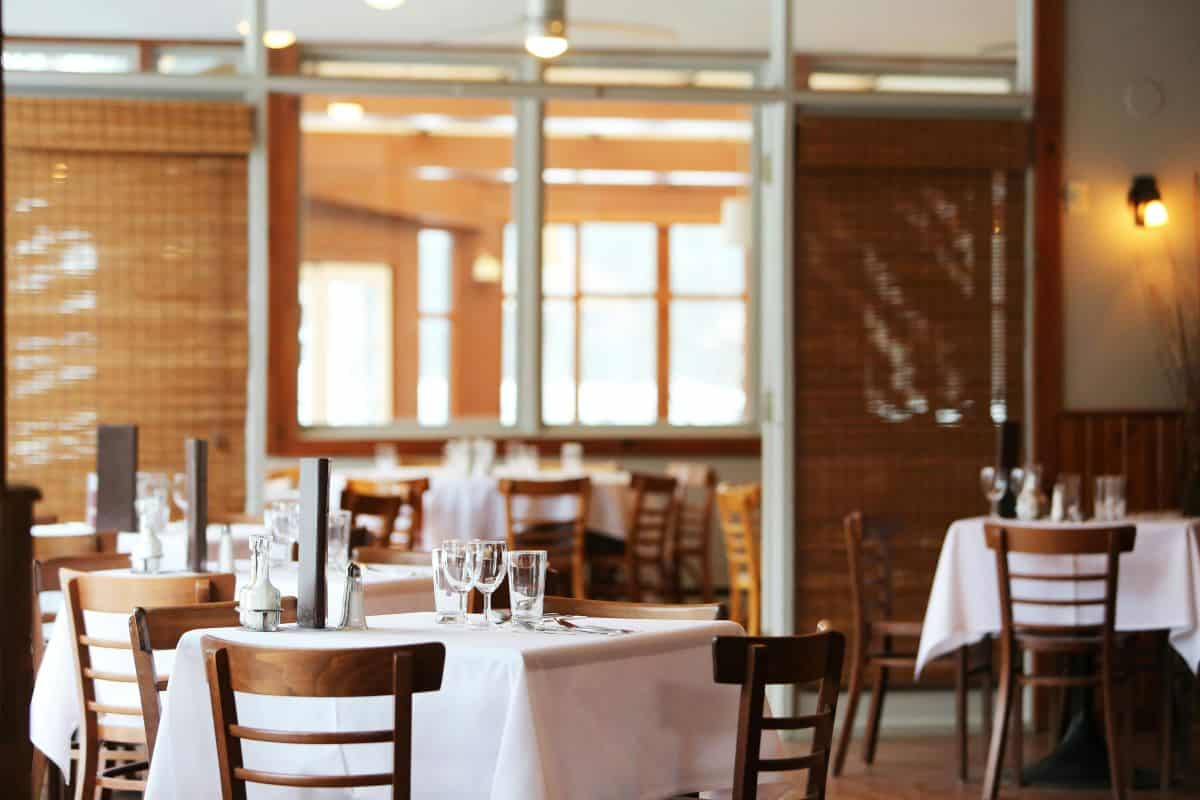Choosing the right ice machine for your restaurant doesn't have to be a difficult task. The key is to understand your restaurant's specific needs and constraints. From anticipating your busiest periods to considering space limitations, every detail matters in selecting the perfect equipment.

How to Choose the Right Ice Machine for Your Restaurant: A Comprehensive Guide
There are several types you can choose your ice maker from, including modular, undercounter, and dispenser models. For instance, modular ice machines are ideal for high-volume needs. On the other hand, undercounter machines save space and are suitable for smaller establishments.
Depending on your requirements, you may want to explore a range of models from different manufacturers, such as Follett brand ice machines, which offer solutions for both high-volume and space-saving needs. These machines are known for their efficiency and come in various sizes, from compact under-counter models to larger modular units for busier environments. Follett machines provide options for different ice types, ensuring you have the right ice for drinks or food displays, while maintaining ease of use and energy efficiency.
Another important factor is the type of ice produced. Different types of ice, such as nuggets, cubes, or flakes, serve different purposes. Nugget ice is popular for beverages, while flake ice is excellent for food displays. Make sure to choose an ice machine that aligns with how you intend to use the ice. Each decision—from size to ice type—contributes to the efficiency and effectiveness of your restaurant operations.

Understanding Ice Machine Basics
Choosing the right ice machine for a restaurant involves understanding the variety of ice types, knowing how much ice you'll need, and making sure the machine fits your space.
Recognizing Different Types of Ice
There are several types of ice, each suitable for different uses. Full cube ice is common in restaurants, bars, and hotels because of its slow melting rate and large size, measuring ⅞" on each side. Nugget ice, which is softer and smaller, is preferred for beverages and healthcare settings as it is easier to chew. Flake ice is often used in food displays and preservation since it can mold around items to keep them cold. It's important to choose the right type of ice to meet your service needs.

Analyzing Ice Production Capacity
Ice production capacity is essential in ensuring your restaurant runs smoothly. Commercial ice machines can produce varying amounts of ice, ranging from around 250 lbs to over 1000 lbs of ice per day. Modular units, for example, are designed for high-volume needs and often pair with separate storage bins. Undercounter units combine ice production and storage in one compact unit, which is ideal for smaller spaces. Countertop machines offer quick access to ice but typically have lower production rates. Accurately estimating your peak usage helps in selecting a machine that meets your daily requirements.
Evaluating Space and Size Requirements
Space and size are critical when choosing an ice machine. It's important to measure the area where the machine will be placed and consider its ventilation needs. Modular ice machines require additional space for storage bins or dispensers and are best for larger establishments. Undercounter ice machines save space by combining ice production and storage, fitting neatly under standard counters. Countertop units are ideal for convenience but usually provide less storage and production. Proper space planning ensures efficient use of space and ease of maintenance for your ice machine.
Selecting the Perfect Ice Machine
Choosing the right ice machine for your restaurant depends on understanding your business's specific needs, determining the best condenser type, focusing on ice quality and sanitation, and planning for future growth.
Assessing Your Business Needs
Each restaurant, bar, or other establishment has unique ice requirements. Restaurants may need ice for beverages, food displays, and salad bars, while bars often require different types of ice for cocktails. Commercial ice makers offer various production capacities, so it’s crucial to estimate your peak ice usage.
Consider the daily ice requirement. A busy restaurant might need up to 500 lbs of ice per day while a smaller catering service may need less. Think about the busiest times and ensure the machine can handle increased demand. Using a machine that is too small can disrupt service, while a too-large machine wastes energy and space.
Considering Condenser Options
There are three main condenser types: air-cooled, water-cooled, and remote condenser units.
- Air-cooled units are the most common and cost-effective, working well in environments with moderate temperatures.
- Water-cooled ice machines are ideal for extremely hot kitchens, as they are efficient and not influenced by room temperature.
- Remote condensers separate the condenser from the ice maker, reducing noise and heat in the kitchen.
Choosing the right condenser impacts energy efficiency and machine performance. For example, water-cooled units can be advantageous in environments like large restaurants or hotels that experience high temperatures.
Focusing on Ice Quality and Sanitation
The quality of the ice is essential, especially in locations where it's served to customers. Types of ice can vary, including cube, nugget, and flake ice.
Maintaining a clean ice machine is necessary to prevent cross-contamination and health code violations. Regular cleaning schedules and professional sanitation services can prevent mold and slime buildup in the machine, affecting ice quality. For businesses strict about hygiene, such as hospitals and high-end restaurants, ice quality and sanitation practices are non-negotiable.
Planning for Future Needs
It’s important to consider not just current needs but also future growth. If your restaurant plans to expand, accommodate more customers during peak business days, or open additional locations, factor that into your decision now.
Consider options with scalable capacity. Modular commercial ice machines are versatile as they can be paired with various storage bins and dispensers. This flexibility helps manage future growth without having to replace the entire unit.
Furthermore, evaluate the storage space available. Balance the machine's footprint with the space constraints of your kitchen. Ensuring there's enough space for routine maintenance can also prolong the machine's lifespan.
Selecting the right ice machine for a restaurant is crucial. It impacts daily operations and customer satisfaction. Consider the type of ice needed, the space available, and energy efficiency. Compare modular, undercounter, and dispenser models. Investing time in research ensures a well-informed choice that fits the restaurant's needs perfectly. Prioritize reliability and customer service. These factors help make an informed decision.





Leave a Reply